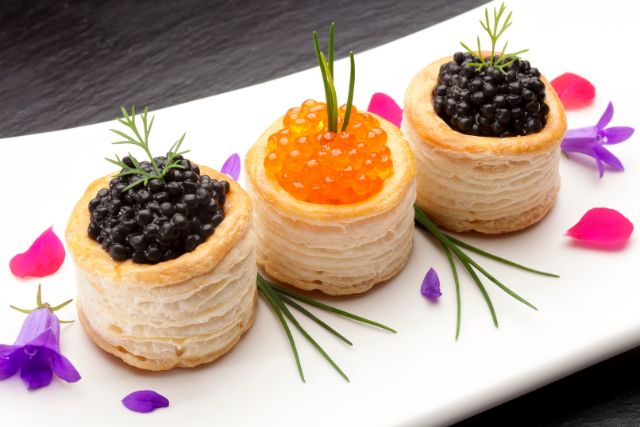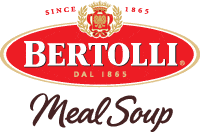When it comes to luxurious and exquisite delicacies, few foods can rival the status of caviar. This delicacy, often referred to as the “crown jewel” of gourmet foods, has a long and storied history of gracing the tables of royalty, celebrities, and discerning food enthusiasts. In this article, we will delve into the world of caviar, exploring its origins, types, and how to enjoy this opulent treat.
A Brief History of Caviar
Caviar’s journey to becoming a symbol of opulence dates back centuries. It was first discovered in the Caspian Sea region, where sturgeon fish thrived. The ancient Persians are credited with being the first to indulge in these tiny, glistening orbs. Caviar quickly became a favorite of European royalty and aristocrats, earning its reputation as a food fit for kings and queens.
Types of Caviar
Caviar primarily comes from sturgeon, but there are several types of sturgeon and various caviar varieties. The most famous and sought-after types include:
- Beluga Caviar: Known for its large, delicate eggs and rich, buttery flavor, Beluga caviar is often considered the finest caviar in the world. It’s pale in color and has a smooth, creamy texture.
- Osetra Caviar: Osetra caviar is prized for its medium-sized, golden-brown eggs with a nutty and slightly briny taste. It’s a favorite among connoisseurs and pairs exceptionally well with champagne.
- Sevruga Caviar: Smaller and darker than Beluga or Osetra, Sevruga caviar offers an intense, salty flavor with a crisp texture. It’s a versatile option for various culinary applications.
- Siberian Sturgeon Caviar: This caviar is often more affordable than the others and has a clean, straightforward taste. It’s an excellent choice for those new to caviar tasting.
- American Caviar: While not as renowned as its Russian counterparts, American caviar, particularly from paddlefish and white sturgeon, has gained recognition for its quality and sustainability.
The Art of Serving Caviar
Serving caviar is an art in itself. Here’s how to do it properly:
- Chilled Presentation: Caviar should be served cold, so store it in the refrigerator until just before serving. Place it in a bowl nested in a larger bowl filled with crushed ice to maintain its temperature.
- The Right Utensils: Traditionally, caviar is served with mother-of-pearl, horn, or wooden spoons, as metal utensils can impart an undesirable metallic taste. Avoid silverware!
- Accompaniments: Caviar’s flavors can be enhanced by serving it with traditional accompaniments like minced red onion, chives, hard-boiled egg yolks, and crème fraîche. Blinis or lightly toasted bread is perfect for spreading and enjoying caviar.
- Beverage Pairings: Champagne is the classic choice for pairing with caviar, as the effervescence and acidity complement its rich and salty taste. Vodka and dry white wines are also excellent choices.
Caviar Ethics and Sustainability
The global demand for caviar has put pressure on sturgeon populations, leading to overfishing and illegal harvesting. To address this issue, many caviar producers are now focusing on sustainable farming practices, ensuring the survival of sturgeon species. When purchasing caviar, look for reputable suppliers that adhere to ethical and sustainable sourcing practices.
Conclusion
Caviar remains the epitome of luxury in the culinary world. Its rich history, diverse varieties, and meticulous serving rituals make it a captivating gourmet experience. Whether you’re a seasoned caviar enthusiast or a curious newcomer, exploring the world of caviar can be a delicious and indulgent journey into the finest of gourmet foods. Just remember to savor each delicate pearl, appreciate its history, and enjoy it responsibly. Caviar truly is the crown jewel of gourmet foods, a delicacy that continues to dazzle and delight.









